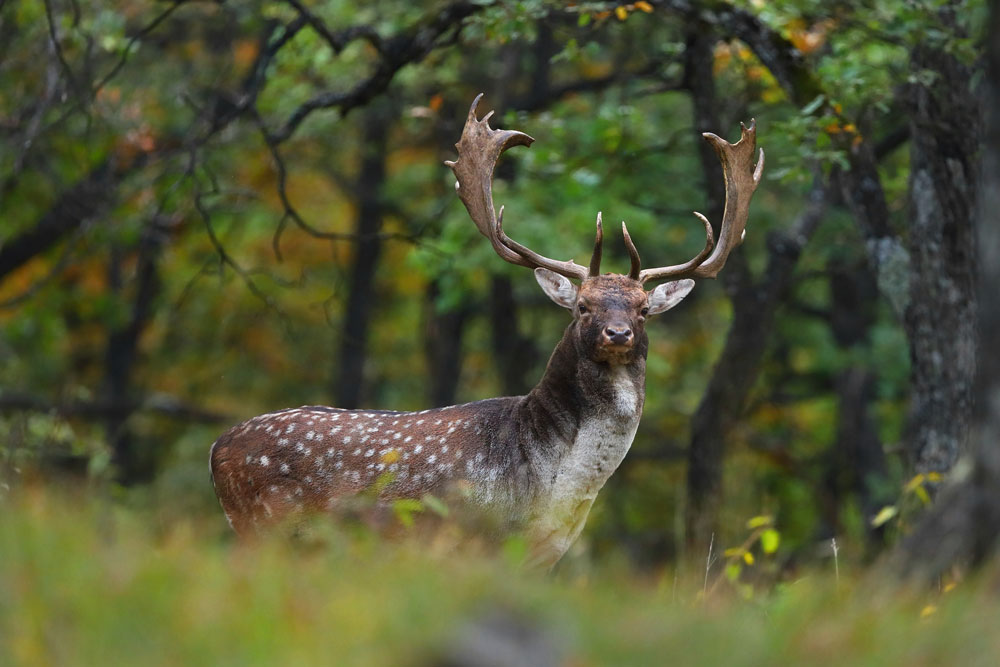European fallow deer (Dama dama) are medium‑sized deer known for their elegant build and distinctive palmate antlers. Fully grown bucks stand about 0.84–0.94 m at the shoulder and weigh between 46 and 93 kg, while does stand 0.73–0.91 m and weigh 35–56 kg. Fallow deer exhibit four main coat variations—common (tan with white spots), menil (paler with permanent spots), melanistic (black) and white—and have a long tail with a black stripe and horseshoe‑shaped rump patch. Their palmate antlers, which grow to about 0.7 m once bucks are three to four years old, set them apart from other European deer. These features and their widespread distribution in European parks and forests make fallow deer a popular quarry.

Fallow deer are hunted in many European countries through stalking, high‑seat shooting and occasionally driven hunts. In the United Kingdom the season for bucks runs from 1 August to 30 April, with the peak of the rut occurring in October when bucks groan loudly and establish rutting stands. Hunters often glass open parklands or woodland rides at dawn and dusk, then approach cautiously on foot or wait in elevated stands where deer feed. Spot‑and‑stalk hunting is most common in continental Europe and requires knowledge of deer behaviour, wind and cover; the rut is an exciting time because vocal bucks can be located by their deep groans. Hind culling to control numbers takes place from November to March and may involve driven hunts or coordinated stalking.
Fallow deer are not native to northern Europe but were first brought to Britain by the Romans and reintroduced from the eastern Mediterranean in the 11th century. They thrived in deer parks and, following escapes, now form widespread naturalised populations throughout England and Wales, with patchier distribution in Scotland. Fallow deer inhabit mature broadleaf woodland, open coniferous forest and agricultural land, feeding mainly on grasses and browsing shrubs. Bucks and does form separate groups for much of the year and only come together during the rut; high densities can lead to crop and forestry damage. Regulated hunting provides revenue through venison and stalking tourism while helping to maintain sustainable population levels.
Fallow deer have a fascinating history: genetic evidence suggests the Roman herd introduced to Britain died out, and today’s populations descend from animals brought over by Norman barons. Bucks develop palmate antlers after their third year and can have multiple points; does bark when alarmed and bucks emit resonant groans during the rut. Colour morphs range from spotted to jet black or pure white, and their long tail makes them easy to identify even when running. Fallow deer are also prized in venison farming and ornamental park herds, illustrating their economic and cultural importance across Europe.
European Fallow Deer can be found in the following location:
European Fallow Deer has the following variations:
- (Varieties to be confirmed)
Start Your Adventure



